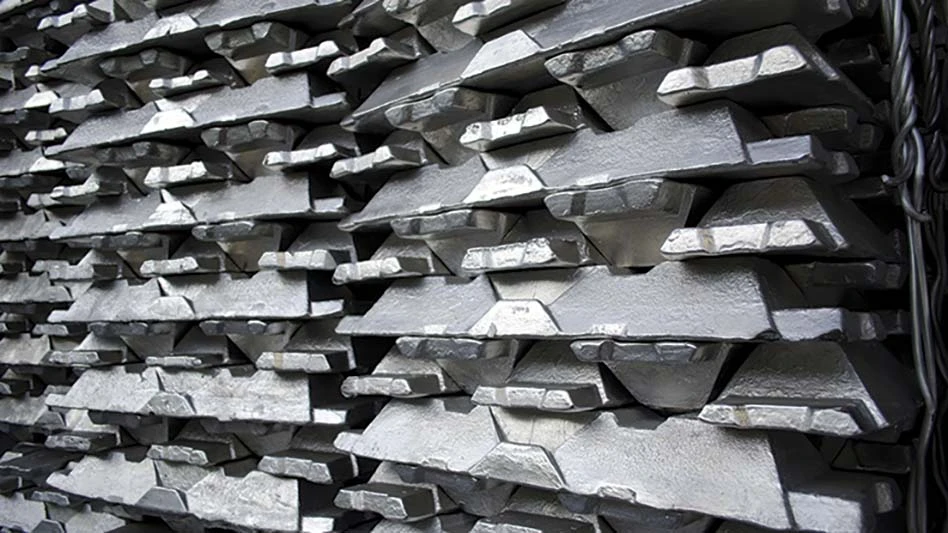Russia’s invasion of Ukraine Feb. 24 has led to volatility in the nonferrous markets, particularly for nickel. The London Metal Exchange (LME) suspended trading of the metal March 8-15, with LME CEO Matthew Chamberlain citing “further unprecedented overnight increases in the three-month nickel price” for the decision.
Nickel rose from $48,078 per metric ton March 7 to more than $100,000 per metric ton March 8 because Chinese company Tsingsang Group moved to reduce its short position of nearly 100,000 metric tons over a few hours, according to Davis Index, which cites suggestions in media reports.
When the LME announced March 15 that its nickel contracts would resume trading at 8 a.m. London time March 16, it also said it would apply daily upper and lower price limits of 8 percent, which it increased to 12 percent March 17, to those contracts as well as to “all outright contracts in all base metals.” It also deferred delivery to March 23 for all nickel contracts entered into before March 16.
For other based metals contracts, which included aluminum and copper, the LME established a 15 percent upper and lower daily limit.
“Shockingly, when we see the big market increases, we are not being offered a lot of metal. That is normally what happens.” – Brian Shine of Manitoba Corp.
Copper and aluminum also reached new highs during LME trading March 8.
In the U.S. copper scrap sector, Brian Shine, CEO of Manitoba Corp., Lancaster, New York, says, “It is interesting because in some respects, nothing is going on, and, in other respects, a lot is going on.”
The wild fluctuations in the market are not producing the types of responses they normally would, he adds. “Shockingly, when we see the big market increases, we are not being offered a lot of metal,” Shine says. “That is normally what happens.” Consuming customers also are not calling for more metal when the price recedes.
Instead, he says, “When people need metal, they call you regardless of whether the market it up or down.”

Historically, Shine says, a movement of a penny or two would compel scrap sellers and buyers to action. But, for the last six to eight months, 10-cent movements aren’t spurring action. Instead, he says he believes consumers are reacting to their book of business, while yards are moving their loads for cash flow and market-related reasons.
Chad Kripke, president of Toledo, Ohio-based brokerage firm Kripke Enterprises Inc., says aluminum is in tight supply, with a deficit having been projected in LME stocks for the year. It could get tighter if smelters in Europe must curtail production because of energy-related issues, which have been made even more pronounced by sanctions on Russian oil and natural gas. “There is a legitimacy for prices to remain at this level or higher, especially as smelters’ capacity constraints continue.”
Kripke adds, “The extreme volatility in the traded price of primary aluminum has led to a wide range of prices for items that track with the LME. Prices and spreads for the same items are all over the board as buyers try to reestablish proper values for these grades of scrap.”

Explore the April 2022 Issue
Check out more from this issue and find your next story to read.
Latest from Recycling Today
- IWS' newest MRF is part of its broader strategy to modernize waste management infrastructure
- PCA reports profitable Q1
- British Steel mill subject of UK government intervention
- NRC seeks speakers for October event
- LME identifies Hong Kong warehouses
- Greenville, Mississippi, launches aluminum can recycling program
- Cotton Lives On kicks off 2025 recycling activities
- Georgia-Pacific names president of corrugated business





